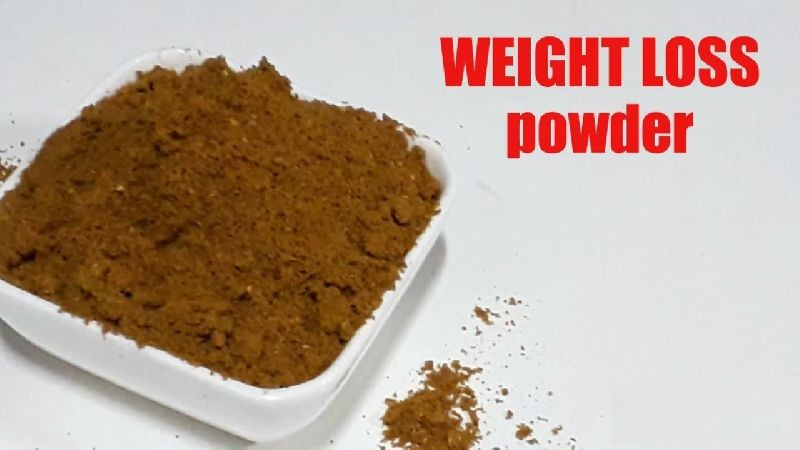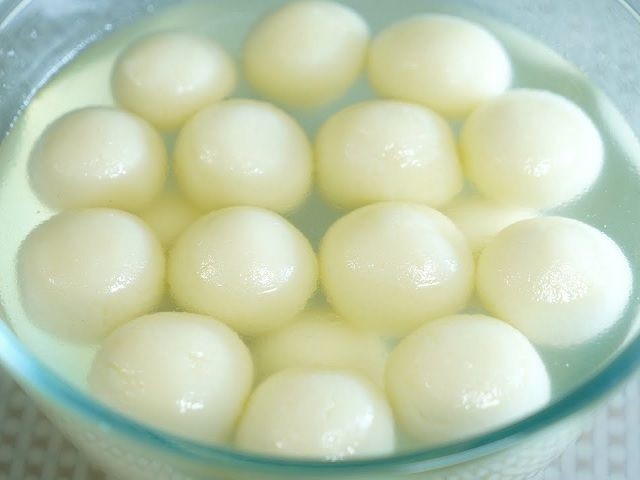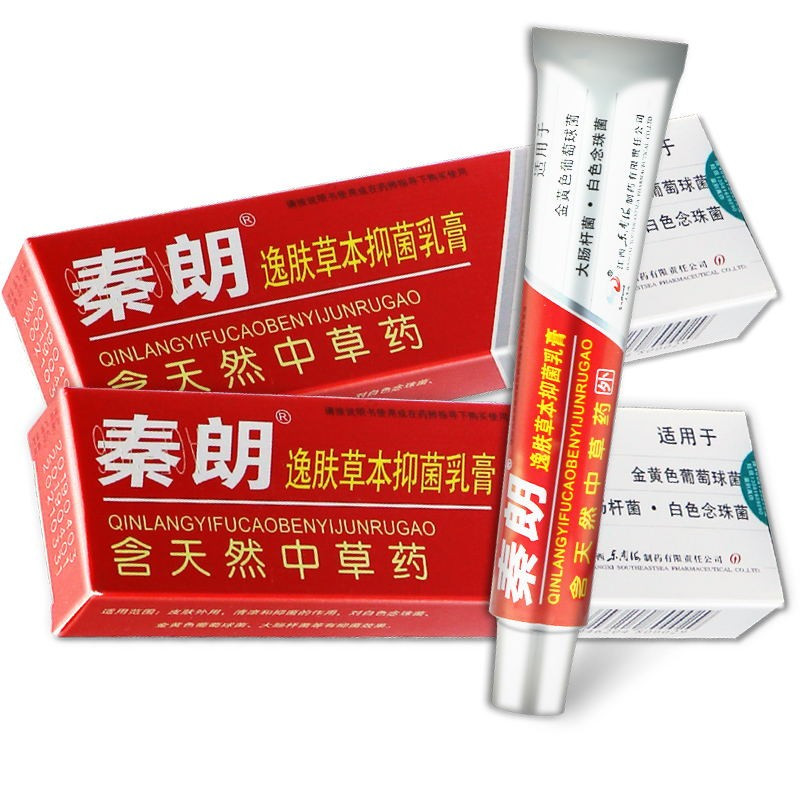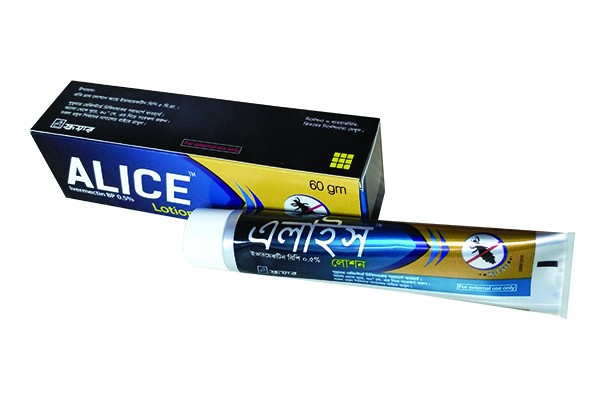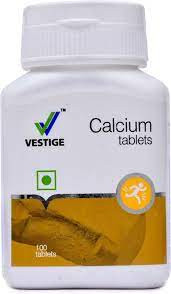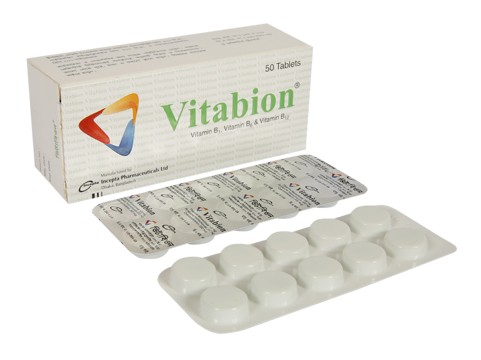

Eprim
Inhouse product
-
৳1,030.00
৳1,550.00 -
৳10.00
৳12.00 -
৳280.00
৳500.00 -
৳127.00
৳132.00 -
৳900.00
৳1,300.00 -
৳112.00
৳120.00
Reviews & Ratings
Indications
- Premenstrual syndrome symptoms (PMS)
- Cyclical mastalgia
- Lactation
Therapeutic Class
Description
Clinical studies have focused on its use in treating problems associated with essential fatty acid (EFA) deficiency including premenstrual syndrome, atopic eczema, inflammation and diabetic peripheral neuropathy. EPO is relatively high in essential fatty acids (EFAs), particularly gamma-linolenic acid (GLA, 7-10%).
Evening primrose oil preparations consist of a clear, golden yellow, fixed oil extracted by cold expression or solvent extraction, from the seeds of Oenothera biennis L., which first occur during the second year of plant growth. Evening primrose oil is a biennial herb, infertile for the first year.
Pharmacology
Frequently Bought Products
-
৳1,030.00
৳1,550.00 -
৳10.00
৳12.00 -
৳280.00
৳500.00 -
৳127.00
৳132.00 -
৳900.00
৳1,300.00 -
৳112.00
৳120.00
Online Shopping Bangladesh : MShopBD-Majumder Shop
MShopBD-Majumder Shop Online Shopping in Bangladesh is the Best Shopping store within 10000+ products cash on delivery in dhaka, Khulna, ctg & all over Bangladesh with COD-cash on delivery (Only Shipping Cost Advance ) under by www.esdp.gov.bd (bangladesh.gov.bd ) Home Delivery all Over Bangladesh different location and shop as like as Multivendor Online Sites in BD.
Thank you for choosing MShopBD - Majumder Shop!
